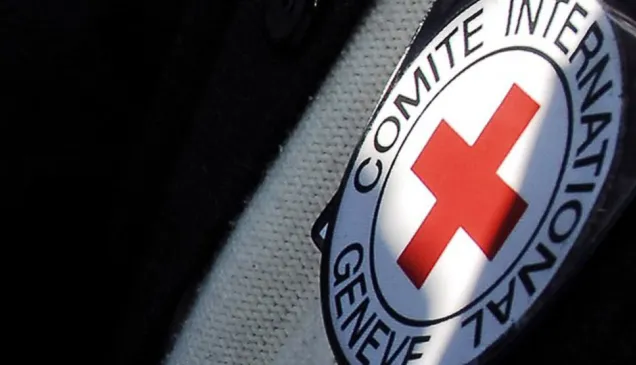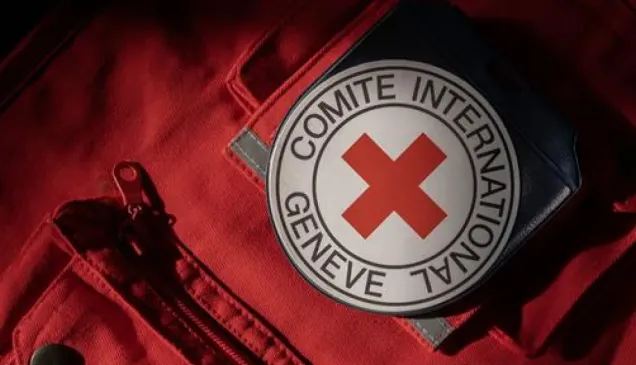Air and naval warfare
All armed conflicts are covered by the basic rules and principles of international humanitarian law, wherever the theatre of operations might be, land, sea or air. Nevertheless, some treaty and customary law specifically refers to certain aspects of naval and aerial warfare.
Until World War I, war at sea had been governed primarily by the Hague treaties and customary law. However, the means and methods of warfare during that conflict, in particular the use of submarines and attacks on neutral shipping, raised questions about the application of IHL. In World War II arbitrary attacks on hospital ships and Red Cross vessels carrying relief supplies again raised the issue of whether the balance between military and humanitarian needs in customary naval law was being respected.
Questions of civilian safety, the use of blockades and exclusion zones at sea continued to be raised in the naval wars in the Falklands/Islas Malvinas, in the Iran-Iraq war and the Gulf war. However, no new major treaty governing naval war was considered by the international community. Instead, non-binding guidelines, namely the San Remo Manual of 1994 was drawn up by government and other experts, the ICRC and a number of National Societies.
The Manual essentially reaffirmed and updated the interpretation of IHL as applied to war at sea.
It clarifies the application of the principle of distinction at sea, based on the 1977 Additional Protocol I to the Geneva Conventions. This involves a definition of a military objective. Warships are military objectives, as are auxiliary vessels and merchant ships that directly help the military action of the enemy. The Manual provides a list of activities that would cause a non-military vessel to become a legitimate military target. The list includes such examples as mine laying, troop carrying, intelligence gathering, sailing under military convoy, resisting stop and search, and carrying significant armament.
Equally the Manual lists ships that may not be attacked such as hospital ships, coastal rescue craft, vessels carrying prisoners of war, passenger vessels carrying only civilians, coastal fishing craft and lifeboats.
The Manual limits itself primarily to international humanitarian law's application at sea during armed conflict. More general legal issues of public international law are covered by the 1982 Convention on the Law of the Sea. The Manual does, however, reaffirm that IHL cannot be set aside in circumstances covered by that law such as exclusion zones.
Compared with sea warfare, aerial warfare is relatively modern. Balloons existed before aircraft and their use in war was regulated in 1899, but aircraft as such were not in use in warfare until the early years of the 20th century.
Aircraft were extensively used in World War II. The battle of Britain was an air battle; the war in the Pacific depended on close integration of naval and air power. The bombing campaigns of World War II claimed many civilian lives and contributed to the demands for regulation that led to the Fourth Geneva Convention and the subsequent Additional Protocols.
Although up-until-today States have not adopted a specific regulation of modern air warfare, it is clear that the general principles and rules of IHL apply. Ariel bombardment, for example, must be conducted according to IHL principles and distinguish between military targets and civilians and must be proportionate.
Evidently, international conventions banning the use of various weapons, for example chemical and bacteriological weapons, are directly pertinent to aerial warfare.
Both naval and air operations are under an obligation not to cause unnecessary environmental damage to land or sea or to gratuitously deprive civilian populations of their means of survival. Cultural objects are also protected by IHL from aerial or naval attack.



